
If you have a Recreational Vehicle (RV), at some point, you are going to have to replace or upgrade your RV batteries. If you have a new RV, you may want to know how you can get the maximum out of the current battery in your RV. There are three common and most popular rechargeable batteries used in RVs.
When you have a better understanding of the different batteries and how they are used, you are better able to maintain and store batteries. In addition, when you learn some more about batteries, it helps you choose which one is best for you, your lifestyle, and your budget.
You can also understand a little more about how your RV works and uses batteries. Continue reading to find out more about the different types of batteries for RVs.
Related: How Heavy is an RV Battery?
Types of Batteries for RVs
Lead-Acid Batteries
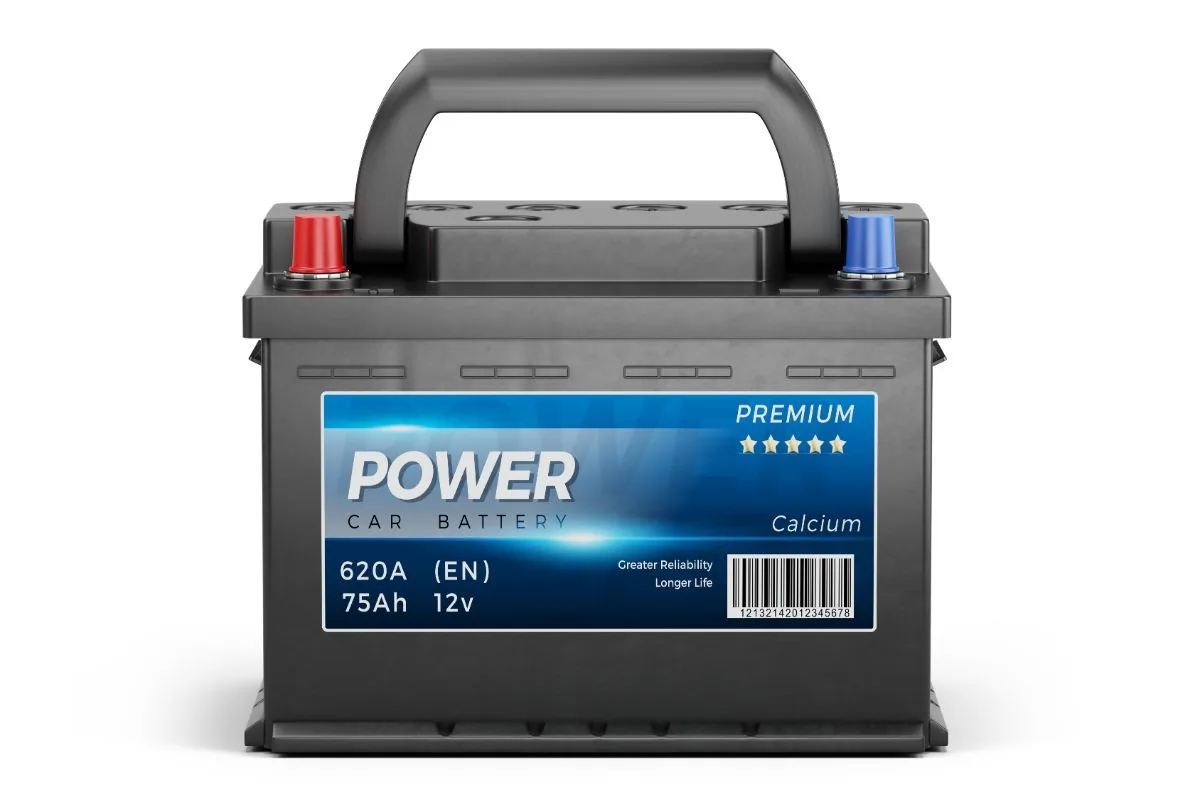
Lead-acid batteries are the most common batteries used in RVs. They are also referred to as flooded lead-acid batteries. These batteries are built from separate cells that have lead plates. In addition, they have a separator between each cell.
Each of these cells is full of an electrolyte that is made from sulfuric acid and water. There is a chemical reaction between the positive lead dioxide plates and the negative pure lead plates that charge them. This allows the electrons to flow from the negative plates to the positive ones; when you turn on the device, it runs on DC power.
When lead-acid batteries discharge, the plates are coated in lead sulfate. When this happens, the electrolyte solution dissolves, and the water increases.
When there is increased water in your battery, it can be susceptible to freezing. While this happens, the electrochemical reaction then releases hydrogen and oxygen as a byproduct. This same reaction occurs when the battery is overcharged.
This could potentially cause the battery to explode when there is a flame or spark. This is also why this kind of battery must be kept in a well ventilated space.
When these batteries are charged, it reverses the chemical process. It also reverts the composition of the electrolyte and plates to the original form. Lead-acid batteries have three stages of charging. They are bulk, absorption, and float. All of these stages have their own traits.
Lead-acid batteries are the most affordable battery option available. However, they are large in size, take a long time to charge, and have a relatively short life span. These batteries need a fair amount of maintenance which includes adding distilled water and cleaning off corrosion on a regular basis.
When the batteries are flooded, they may experience off-gassing, which releases toxic gasses. This makes it dangerous to store your batteries inside your RV. They also tend to leak and do not tolerate vibration well.
Absorbed Glass Mat (AGM) Batteries A Sealed Lead Acid
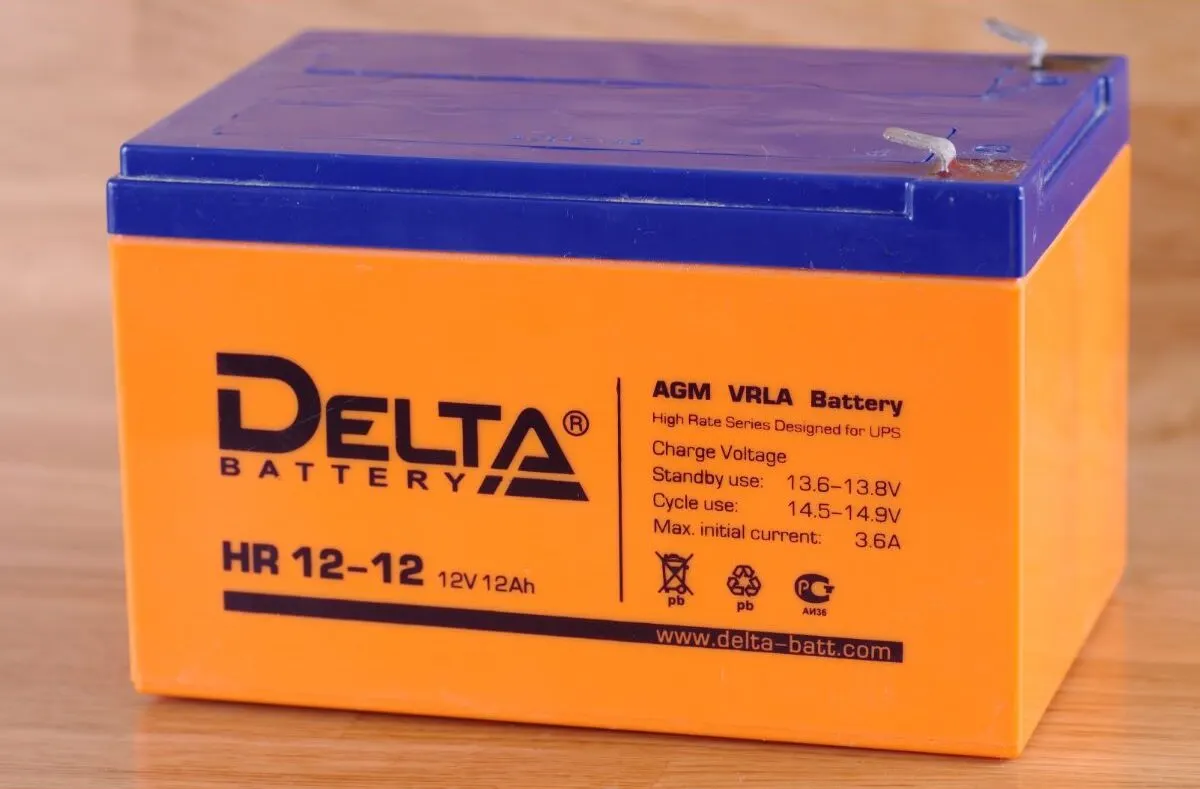
Absorbed Glass Mat (AGM) batteries have a fine fiberglass mat that absorbs sulfuric acid electrolyte, which also makes it spill-proof. Since it is spill-proof, that means it can be mounted in any position. It can also be in an area of low ventilation and low temperatures and are also free of maintenance.
In addition, the batteries deliver high currents because they have an internal resistance that is low even during deep cycling. AGM batteries can charge as much as five times faster, have an 80 percent depth of discharge, and are able to charge in below freezing temperatures.
As a result, they have a better cycle life, resist vibration, are less susceptible to sulfation, and have a long life. In addition, the AGM batteries are less likely to self-discharge and can be stored before they need a charge.
They are able to be wired in a series and are ideal as a starting battery. On the other hand, they need a specific type of charger, more expensive than a flooded cell but more affordable than a gel cell. If they are overcharged, and gas builds up, valves open to let the gas escape when it exceeds 1.5 PSI.
This is why it is called valve regulated. However, if this happens regularly, the cell can dry out, and the battery will fail.
Gel Cell Batteries
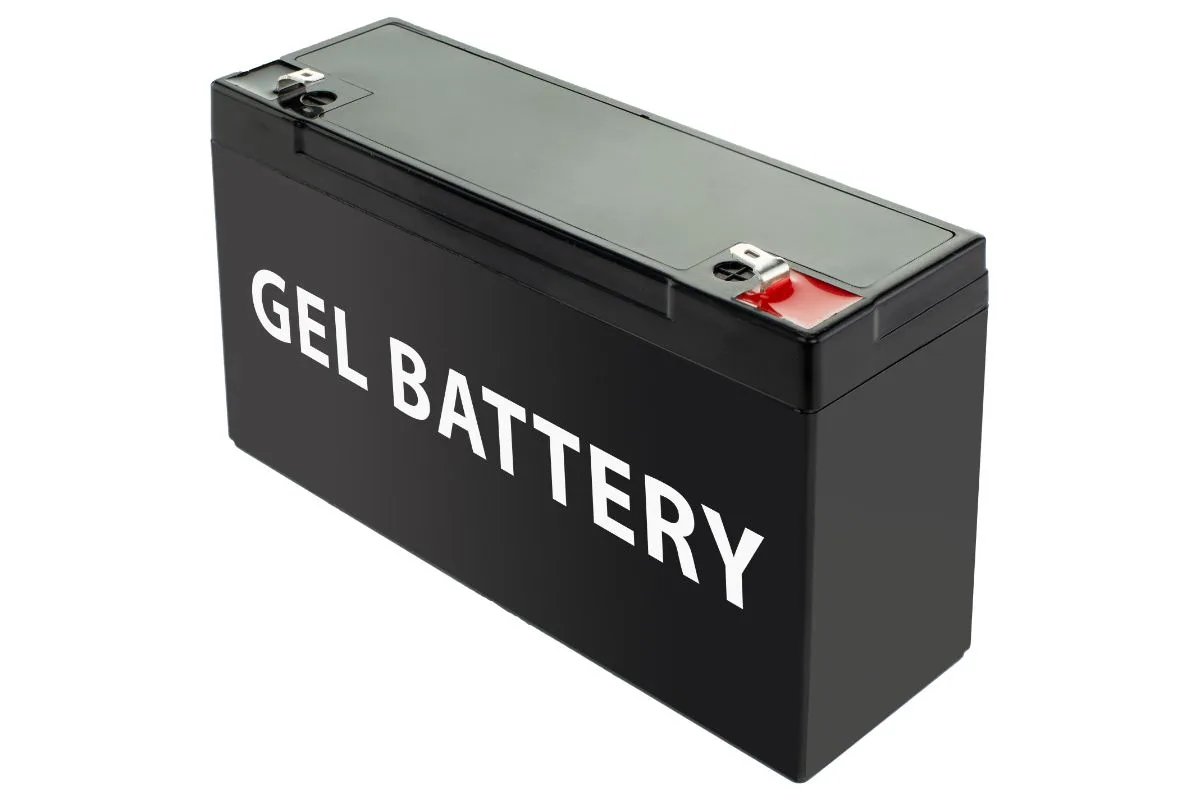
Gel cell batteries are similar to AGM batteries because they are valve regulated. However, what makes them different is that gel cell batteries use silica in the electrolyte to create a gel-like substance. As a result, the gel requires little to no maintenance, does not leak or let off fumes, and resists vibration.
These batteries charge slowly and have odd charging cycles. This battery needs to be watched when charging because it early overcharges. Overcharging severely and permanently damages the battery and damages the electrolyte.
It requires a special type of charger. You can get a smart charger to prevent overcharging. Gel batteries are more expensive but perform better during a deep cycle.
Lithium Ion Batteries
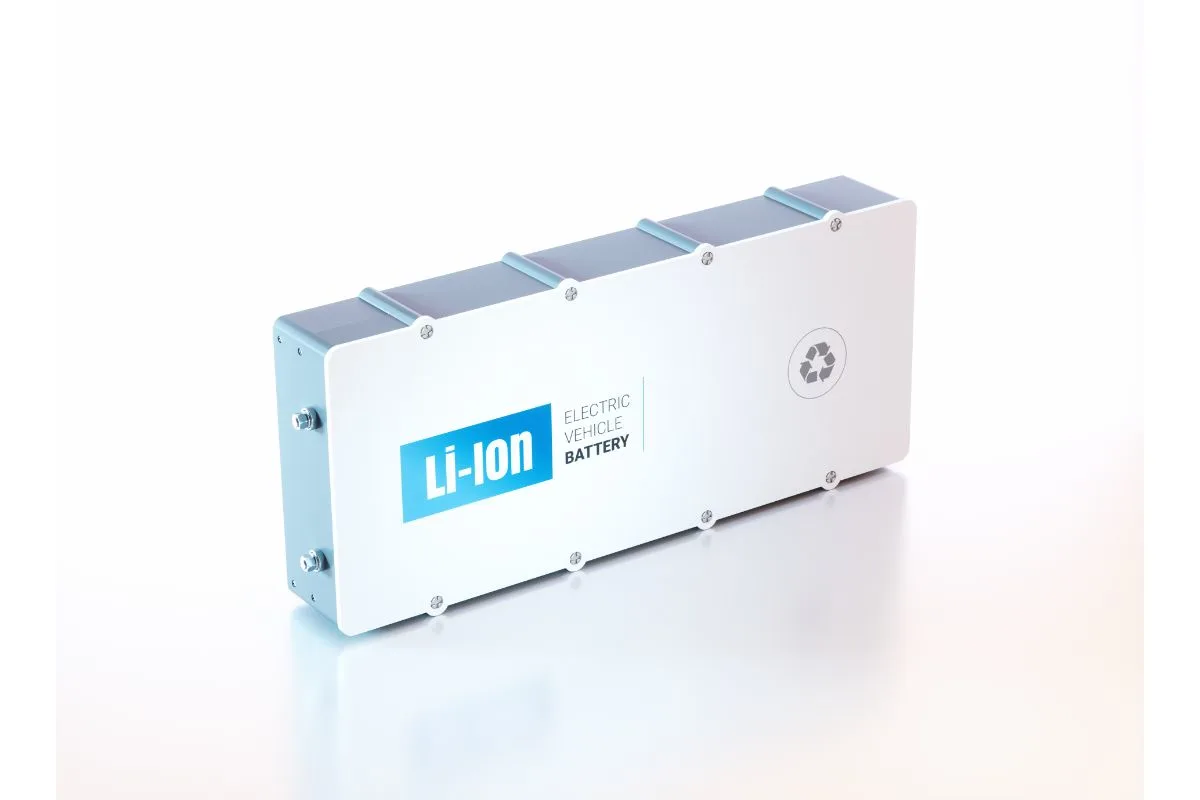
Lithium ion (LiFePO4) batteries do not have lead acid plates which allows them to be lighter than flooded wet cell and AGM batteries. This is a newer type of RV battery and one of the most expensive options. They have about 80 to 90 percent depth of charge to give you more store energy.
The benefit to this is you will need fewer batteries which is less weight to carry on your RV. Lithium ion batteries are ideal for spaces that do not have great ventilation. They also have a longer lifespan than an AGM. These batteries are maintenance free and have a greater charging efficiency.
Some of these batteries have a battery management system (BMS) built-in to regulate the charging and discharge. These batteries cannot tolerate overcharge, and this system has an auto shut off to prevent it. Having this system in your battery can extend its life.
How Do I Care For My RV Battery?
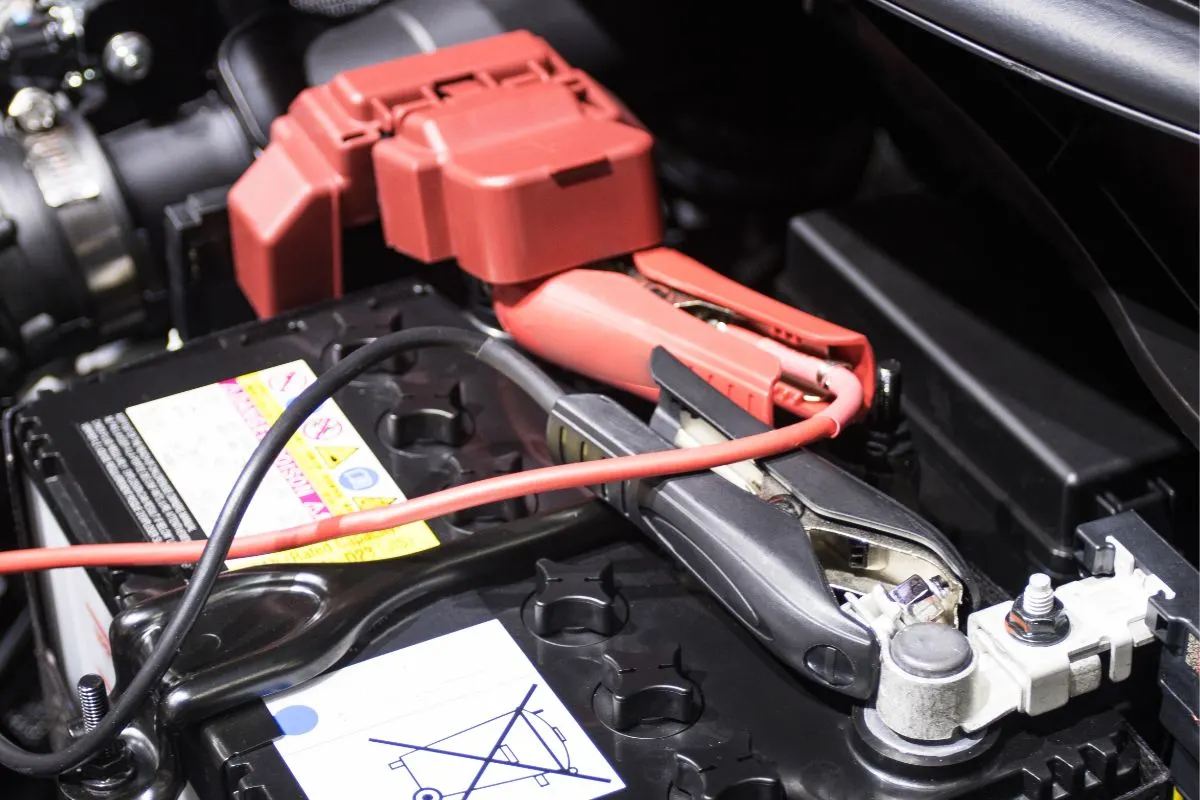
While not all batteries are the same, there are some universal tips you can consider to extend the life of your battery. The way you use, maintain, and charge your battery will help extend its lifespan.
It would be best if you were mindful of how much your battery discharges. You want it to be within the recommended limits, which vary based on the battery you select. If you drain your battery completely, it could cause irreversible damage or shorten its life.
It is essential that you recharge your batteries timely as this keeps them healthy. In addition, it is essential that you check your batteries occasionally when your RV is in storage.
You do not want to be sure that you do not overcharge your batteries. Instead, pay attention to the manufacturer’s recommendations because not following them can shorten the life of your batteries.
There are items on your RV that are considered parasitic draws. These are items that slowly drain and discharge your battery over time. These can be items like onboard sensors and clocks. When not using your RV, be sure to flip the battery disconnect switch. This prevents these items from draining your battery.
These batteries do not like the heat. So you want to keep them in the shade and away from extreme heat whenever possible.
How Do I Decide Which Type of Battery to Use?
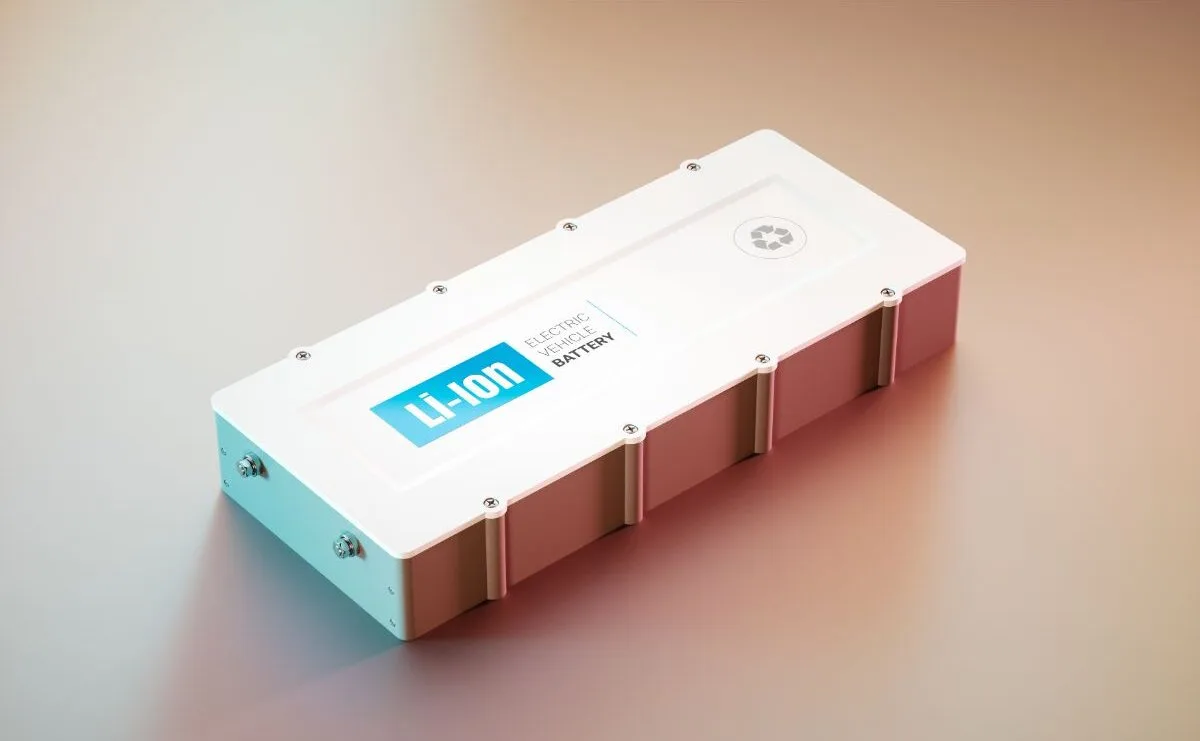
There are several factors that go into determining which battery is right for you and your RV. How you camp and how you want to spend your power is a critical determination, but it is not the only one. Cost is a significant factor. While the cost should not be the only factor, it should play a large role based on your budget.
The best RV battery for boondocking is the lithium-ion battery. This is the most expensive battery type, and you will spend more money upfront, but many say that the battery proves its value over time because of its long lifespan. The next best options are gel and then AGM batteries.
If you are only going on short dry camping trips, then a gel or AGM battery should be sufficient. Flooded lead batteries are affordable, but they require maintenance and work because of their likeliness to leak and have off-gasses.
You also want to think about the weight of the battery and how much weight it is going to add to your RV. One additional consideration is how much the battery can power and for what length of time. All batteries have reserve capacity and amp-hours.
Each batter is given a rating that indicates these two items. Amp-hours tell you how many amps the battery can deliver over time. The reserve capacity indicates the length of time the battery is able to sustain a 25 amp load.
This time is designated in minutes. The higher the ratings on the battery means, the more your battery is able to power.
Should I Choose 6-Volt or 12-Volt Batteries?
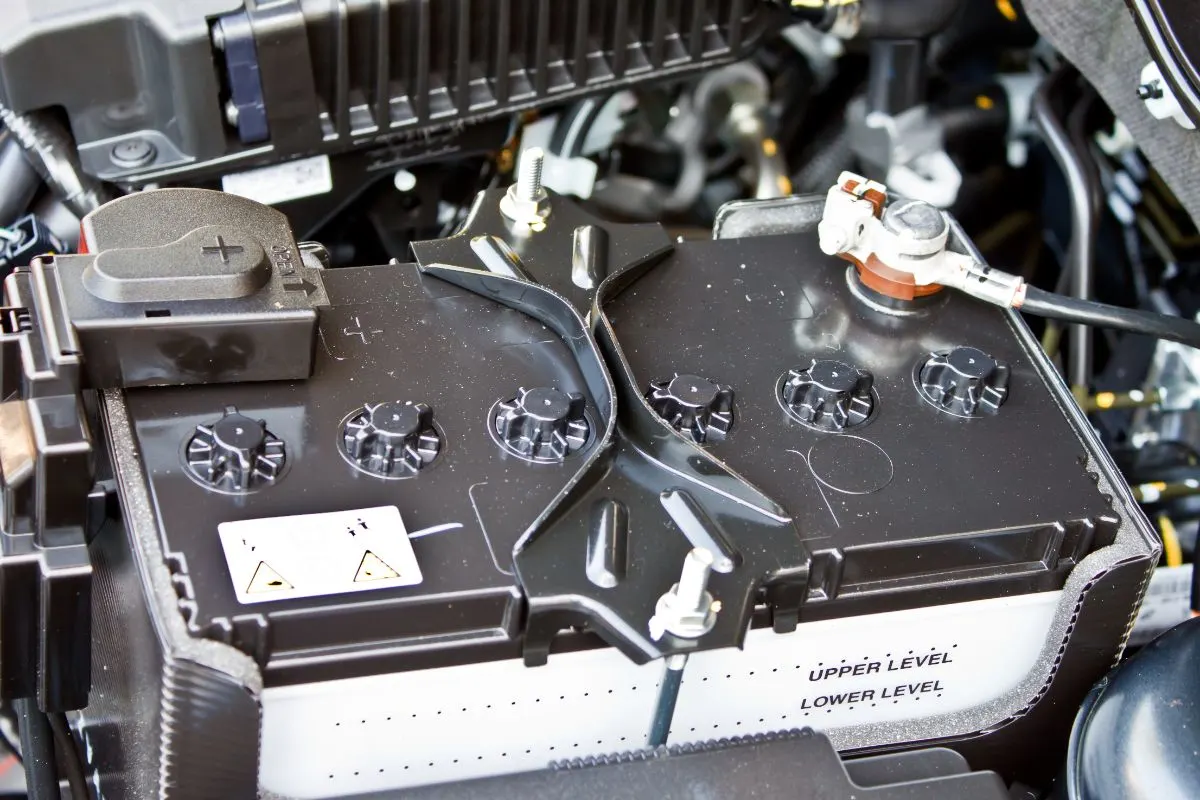
The determining factor for you when deciding between 6-volt or 12-volt batteries is your current capacity. To achieve 12-volts, you must have two 6-volt batteries connected in a series. When you are using 12-volt batteries, they must be connected in parallel to continue to receive 12-volts.
When you connect batteries in a series, the voltage doubles, which is why two 6-volts in a series become 12-volts. Even though the voltage is doubling, the current remains the same. When the 12-volt batteries are connected in parallel, the voltage remains the same, but the current doubles.
The way the current is measured is in amp-hours. If you want to get more current capacity, which is amp-hours, you could consider using 6-volt batteries. However, it is essential to note that the increase may be minor.
Some may opt for 6-volt batteries connected in a series instead of 12-volt batteries in parallel despite the doubled capacity because 6-volt batteries have denser plates, and the current capacity more than doubles that of a singular 12-volt battery.
This means that if you install two 6-volt batteries instead of one 12-volt battery, you get a higher current capacity. This idea continues even as you add more batteries. Four 6-volt batteries provide more current capacity than two 12-volt batteries, and so on.
However, adding more 6-volt batteries comes with its disadvantages. Adding more 6-volt batteries is more expensive, heavier, and takes up more space.
When deciding between the two, you may want to consider that 6-volt batteries have longer lifespans and are able to charge and discharge more often. 6-volt batteries are smaller and tend to be easier to manage and handle. However, you always need two of them.
If one stops working, the other one cannot work on its own. In addition to being more expensive, they are also harder to find. 12-volt batteries are more affordable and easy to find, but they are larger and take up more space. These batteries do not last as long. They are not as durable, but you only need one.
In general, if you plan to boondock but do not want to spend the money on lithium-ion batteries, you should install as many 6-volt batteries as you can make room for in your RV. While this gives you help with the number of batteries in terms of voltage, it does give you more than twice the current capacity.
If you are not concerned about the cost, then lithium-ion is a great option. This option gives you more battery per square foot with more current capacity. In addition, these types of batteries are close to 100 percent efficient.
This effeciency allows you to charge your battery bank quickly, which is a significant help when dry camping. If weight is important to you, this option will enable you to save substantial weight. These batteries are expensive but also new.
There is an expectation that the cost will begin to come down. Despite the high cost, it is easily balanced by its high efficiency and long life.
Any of these battery options will work in your RV; however, some may provide long life and more power than others. Therefore, it is essential to understand how you plan to use your battery power. This understanding can help drive you to a better decision.
